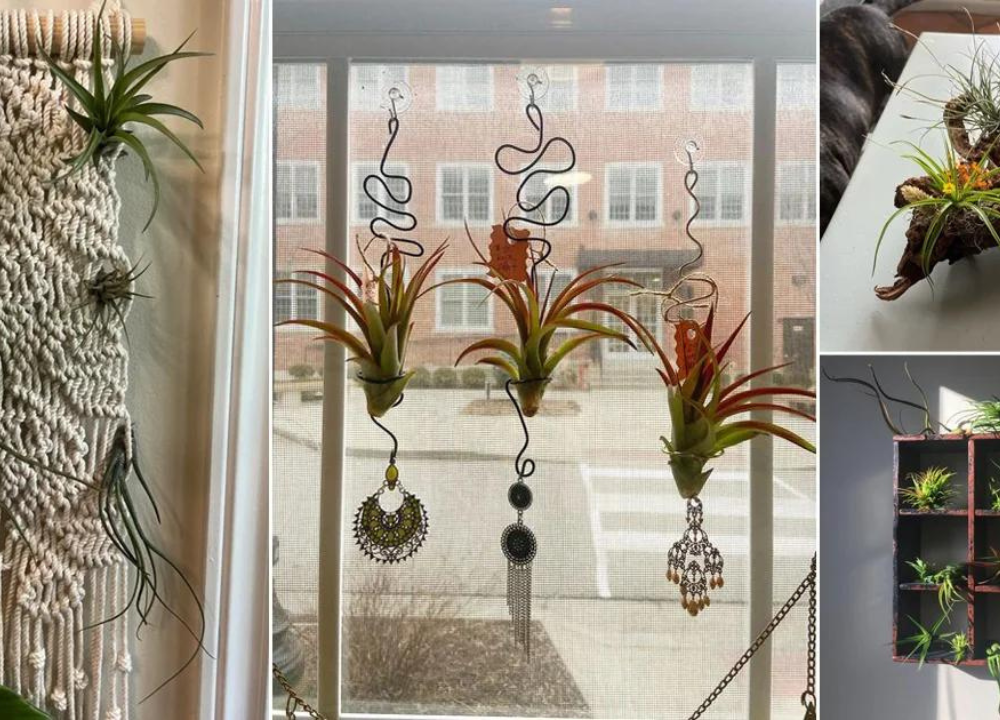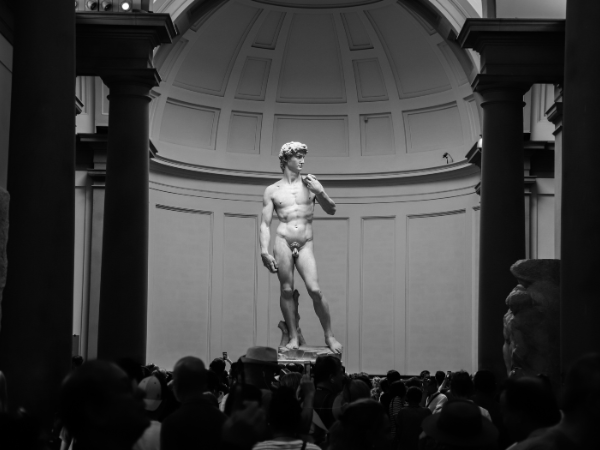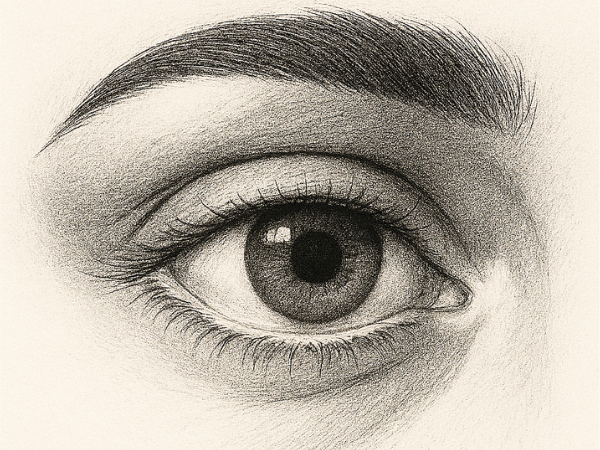A science exhibition showcases scientific projects and discoveries. It allows students and scientists to share their work with the public.
Science exhibitions are not just about facts and figures. They are vibrant events that bring science to life. These exhibitions provide a platform for creativity and innovation. Visitors can see how art and science blend together. Art makes complex scientific ideas easier to understand.
It captures attention and inspires curiosity. Through exhibits, attendees engage with science in a fun way. They can explore models, experiments, and displays. This interaction deepens their appreciation for both fields. Understanding this connection reveals how art enhances science and vice versa. Discover the magic of science exhibitions and their artistic touch.
What Is A Science Exhibition?
A science exhibition is a display of scientific projects, experiments, and ideas. It shows how science connects with daily life. Art plays a vital role in these exhibitions. It makes science exciting and easy to understand. By combining creativity and science, exhibitions inspire curiosity. They encourage people to explore and learn.
Purpose Of Science Exhibitions
The purpose of science exhibitions is to educate and inspire. They aim to:
- Showcase scientific knowledge
- Encourage creativity and innovation
- Promote teamwork among participants
- Engage the community in science
- Provide a platform for students to present their work
Science exhibitions serve as a bridge between complex ideas and the public. They help people of all ages understand science better.
Here are some key goals:
| Goal | Description |
|---|---|
| Education | Teach scientific concepts in a fun way. |
| Inspiration | Encourage new ideas and projects. |
| Interaction | Allow visitors to engage with science. |
| Awareness | Increase knowledge about scientific issues. |
Science exhibitions help bring communities together. They foster a love for learning and curiosity about the world.
Types Of Science Exhibitions
Science exhibitions come in various forms. Each type serves a unique purpose. Here are some common types:
- School Science Fairs: Students showcase their projects.
- Community Exhibitions: Local groups display science-related topics.
- National Science Exhibitions: Larger events that bring together different schools.
- Online Science Exhibitions: Virtual platforms for sharing scientific work.
Each type focuses on different audiences and subjects. For example, school fairs emphasize student participation. Community exhibitions focus on local science issues.
Here are some examples of themes:
- Renewable Energy
- Space Exploration
- Health and Medicine
- Environmental Conservation
These themes promote awareness and discussion. They encourage creativity in presenting scientific ideas.
Importance Of Science Exhibitions
Science exhibitions are events where students showcase their scientific projects. These events combine creativity and knowledge. They allow students to explore science in a fun way. Art adds a unique touch, making science come alive. The importance of science exhibitions is clear. They help students learn, engage communities, and inspire future scientists.
Educational Benefits
Science exhibitions provide many educational benefits. They encourage students to explore concepts deeply. Students learn by doing, which helps them understand science better. Engaging in projects fosters critical thinking and problem-solving skills.
- Hands-on Learning: Students use materials to create projects.
- Research Skills: Students learn to gather and analyze data.
- Presentation Skills: Students practice speaking and explaining ideas.
- Teamwork: Many projects require collaboration with peers.
Here is a summary of the educational benefits:
| Benefit | Description |
|---|---|
| Hands-on Learning | Students create projects with real materials. |
| Research Skills | Students learn to find and analyze information. |
| Presentation Skills | Students explain their projects to others. |
| Teamwork | Collaboration with peers enhances learning. |
These benefits help shape well-rounded students. They inspire a love for science. Students often carry this passion into higher education and careers.
Community Engagement
Science exhibitions also promote community engagement. They invite families, friends, and local residents to explore science. This interaction builds a sense of community. People come together to support young scientists. Exhibitions often feature various projects, showcasing creativity and innovation.
- Local Support: Community members often sponsor or mentor projects.
- Public Awareness: Exhibitions raise awareness about scientific issues.
- Networking Opportunities: Students meet professionals in science fields.
- Family Involvement: Families participate, creating a shared learning experience.
Through exhibitions, communities can:
- Learn about new scientific discoveries.
- Support local students and teachers.
- Encourage interest in science and technology.
Engaging the community fosters support for education. This support can lead to more resources for schools. Strong community ties enhance the overall learning environment.
Art’s Role In Science
Science exhibitions showcase the wonders of science. They combine creativity and knowledge. Art plays a big role in these exhibitions. It helps make complex science ideas easy to understand. Through art, science comes alive. Visitors can see and feel the connection between the two fields.
Visual Representation
Visual representation is key in science. It helps explain scientific concepts clearly. Art can transform abstract ideas into tangible forms. Here are some ways visual representation enhances science:
- Charts and Graphs: They show data trends and comparisons.
- Models: 3D models help visualize structures, like cells or atoms.
- Posters: Eye-catching posters summarize research findings.
Using color, shapes, and designs makes science attractive. For example, a colorful infographic can explain climate change. It grabs attention and makes learning fun. Schools often use visual aids to teach science. These tools enhance understanding.
| Type of Visual Aid | Purpose | Example |
|---|---|---|
| Charts | Display data | Bar chart showing population growth |
| Models | Demonstrate concepts | DNA double helix model |
| Posters | Summarize information | Science fair project poster |
Visual representation bridges the gap between science and the audience. It invites curiosity and sparks interest in scientific exploration.
Creative Expression
Creative expression in science is vital. It allows scientists and students to share ideas. Art can communicate emotions linked to scientific discoveries. This connection makes science relatable.
- Artistic Projects: Students can create art pieces based on scientific themes.
- Interactive Installations: Engaging displays invite visitors to participate.
- Performances: Dance or drama can illustrate scientific concepts.
Creative expression also encourages teamwork. Groups of students can collaborate on projects. They can share different perspectives and skills. This process enhances learning. Science exhibitions often feature creative works. These pieces inspire new ideas and innovations.
Examples of creative expression in science include:
- Art inspired by nature, like paintings of ecosystems.
- Photography that captures scientific phenomena, like the night sky.
- Sculptures made from recycled materials to promote environmental awareness.
Creative expression makes science enjoyable. It turns facts into stories. This approach engages visitors and encourages them to explore further.
Examples Of Art In Science Exhibitions
A science exhibition is a space where creativity meets scientific inquiry. It showcases projects that highlight scientific concepts while encouraging artistic expression. Art plays a vital role in these exhibitions. It makes science more engaging and accessible. Examples of art in science exhibitions include interactive installations and multimedia presentations. Both forms enhance understanding and inspire curiosity.
Interactive Installations
Interactive installations invite visitors to engage with science in a hands-on way. These exhibits often use physical components to create an immersive experience. Visitors can touch, move, and explore. This interaction deepens understanding and retention of scientific concepts. Here are some key features of interactive installations:
- Hands-on Learning: Visitors can participate directly, making learning active.
- Sensory Engagement: Many installations use sight, sound, and touch to captivate.
- Real-world Applications: They often demonstrate practical uses of scientific principles.
For example, a popular interactive installation may simulate an earthquake. Visitors stand on a platform that shakes. They learn about seismic waves and building stability. Another example could be a giant DNA model. Visitors can build their own DNA strands using colorful blocks.
| Installation Type | Scientific Concept | Visitor Interaction |
|---|---|---|
| Earthquake Simulator | Seismology | Platform shaking experience |
| DNA Building Blocks | Genetics | Constructing DNA models |
Multimedia Presentations
Multimedia presentations combine different media to convey scientific ideas. They blend videos, animations, and audio to create engaging content. This approach helps explain complex topics easily. Here are some benefits of multimedia presentations:
- Visual Storytelling: They use images and animations to tell a story.
- Dynamic Learning: Changes in media keep the audience interested.
- Accessibility: They cater to different learning styles.
An example of a multimedia presentation could be an animated video about climate change. It shows the effects of rising temperatures on polar ice. Another example could be an interactive digital exhibit on the human body. Users click on body parts to learn about functions and diseases.
| Presentation Type | Scientific Topic | Media Used |
|---|---|---|
| Animated Climate Change Video | Environmental Science | Animation, Narration |
| Interactive Human Body Exhibit | Biology | Digital Interactivity |
Collaboration Between Artists And Scientists
A science exhibition showcases scientific ideas and innovations. It combines creativity and knowledge. Art plays a big role in making science exciting. The collaboration between artists and scientists brings new life to both fields. Together, they create experiences that engage the audience. This partnership enriches understanding and sparks curiosity.
Joint Projects
Joint projects between artists and scientists create unique experiences. These projects blend visual art with scientific concepts. They help the public understand complex topics. Here are some examples of successful collaborations:
- Interactive installations that demonstrate climate change.
- Artworks that visualize data from scientific research.
- Performances that explain scientific theories through drama.
Such projects often take place in science museums or community centers. They encourage visitors to explore science through art. A table below shows some famous joint projects:
| Project Name | Artist | Scientist | Description |
|---|---|---|---|
| Ocean of Light | Danielle Baskin | Dr. Sylvia Earle | A light installation showcasing ocean depths. |
| Sound of Science | John Cage | Dr. Carl Sagan | Combines music with space exploration themes. |
| BioArt | Eduardo Kac | Dr. Kevin Warwick | Living artworks that explore genetics. |
These projects inspire creativity. They make science accessible to everyone.
Mutual Inspiration
Artists and scientists inspire each other in many ways. Artists find ideas in scientific discoveries. They express these ideas through visual forms. Scientists gain new perspectives from artistic interpretations. This mutual inspiration leads to innovative results.
- Scientists may use art to visualize data.
- Artists might use scientific principles in their work.
- Both can address global issues like health and environment.
For example:
- Artists create visual metaphors for scientific concepts.
- Scientists communicate their findings through creative writing.
Exhibitions often display both art and science. This helps viewers appreciate the connection. In the end, collaboration enhances both fields. It promotes a deeper understanding of the world.
Impact On Audience Perception
Science exhibitions are events that showcase scientific concepts through engaging displays. They blend creativity and knowledge, making science accessible to everyone. Art plays a vital role in these exhibitions. It brings science to life and impacts how audiences perceive scientific ideas. By using visuals and interactive elements, exhibitions can change how people think about science. This blend makes learning enjoyable and memorable.
Enhancing Understanding
Art enhances understanding of complex scientific concepts. It simplifies information and makes it easier to grasp. Visual aids like models, diagrams, and interactive displays help break down difficult ideas. Here are some ways art aids comprehension:
- Visual Learning: Many people learn better through images than text.
- Interactive Displays: Hands-on activities engage the audience and deepen understanding.
- Storytelling: Art can tell stories that relate science to everyday life.
For example, a display on renewable energy can include:
| Display Element | Purpose |
|---|---|
| Solar Panel Model | Shows how solar energy works |
| Interactive Wind Turbine | Demonstrates wind energy generation |
| Infographic | Explains benefits of renewable energy |
This combination of art and science helps the audience visualize concepts. It makes learning more effective and enjoyable.
Stimulating Curiosity
Art also stimulates curiosity about scientific topics. When art is involved, it invites exploration and questions. People feel drawn to colorful displays and creative presentations. This engagement encourages them to learn more. Here are some ways art sparks curiosity:
- Eye-Catching Designs: Vibrant colors and unique shapes attract attention.
- Interactive Experiences: Hands-on activities invite people to participate.
- Unexpected Connections: Art can link science to familiar experiences.
For instance, a science exhibition might feature:
- A giant DNA sculpture made from recycled materials.
- Augmented reality experiences that let visitors explore the human body.
- Art installations that interpret climate change data.
These elements provoke interest and questions. Visitors become eager to learn more about the science behind the art. Curiosity drives exploration and discovery.
Conclusion
Science exhibitions are great for learning and creativity. They show how art makes science exciting and understandable. Students can express ideas through projects and visuals. This blend engages minds and sparks curiosity. Visitors leave inspired and informed. By combining science and art, we create a vibrant way to explore the world.
Everyone can appreciate both fields together. Embracing this connection enriches education and fosters innovation. Let’s celebrate the magic of science exhibitions where art and science meet.




